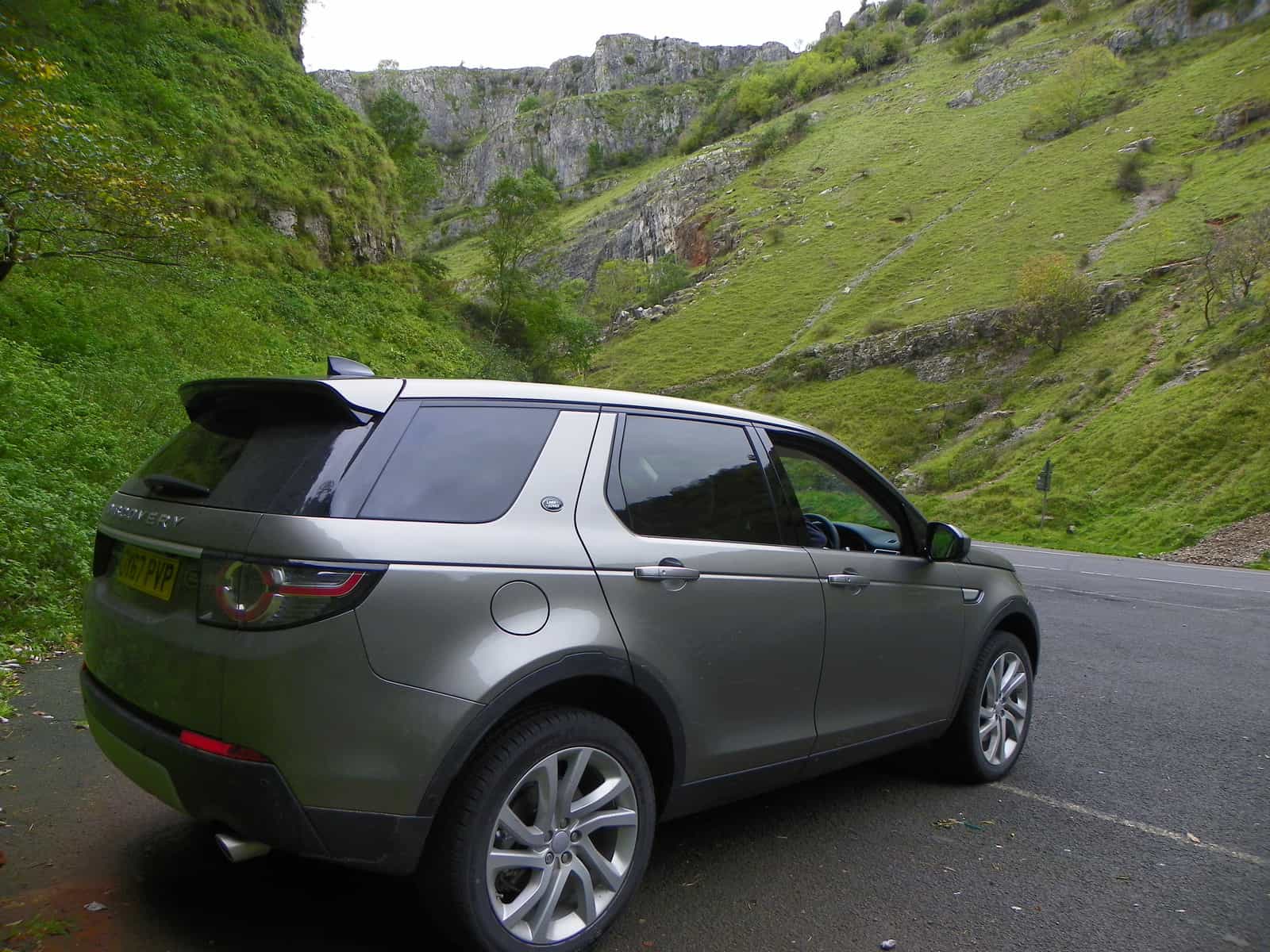Types of Car Tyres: 5 Tips on How to Choose Which One is Right For You?
Advertorial Guest Post
Once you’ve owned your car for a while, you will become comfortable with things like filling up with fuel, topping off the oil and water, and even checking your tyre pressure. But you might not have too much experience with buying new tyres for your car. Tyres only need to be changed about every 5 years or so – some careful short-range drivers can even get 7 or 8 years out of their tyres – so you will not have to face the prospect of buying new tyres for your vehicle very often. But when you do, you might find yourself slightly boggled at the realisation of much how many types of car tyre there are – how do you choose the right one for your car? Let’s take a look.
Quality
Your first decision must be about which quality tyres you want for your car. If you are someone who aspires to the finer things in life, you might automatically assume that, of course, you need only the best possible tyres for your car – but this is not necessarily the case. Tyres come in three levels of quality:
- Premium: these tyres are the best of the best. Incorporating the finest sustainable rubber and the latest innovations in mechanical engineering, these tyres are designed for durability, speed, responsiveness and lightness of weight. These features are especially valued in the racing world where milliseconds count and every possible advantage is to be seized upon. It is best advised to choose tyres as per your budget and driving needs. Fife Autocentre stocks all types of tyres (summer, winter, premium and budget) – If you are looking for a local garage; you can buy tyres in Dunfermline at Fife Autocentre. Similarly, there are many garages in Worcestershire and you should always check the customer reviews.
- Regular: the second tier of tyre quality, these are tyres that are made using some – but not all – of the latest innovations. They are largely excellent tyres and for most average commuters, these tyres are perfect, offering many advantages – and each time you replace your tyres, they will be noticeably advanced from the previous purchase, so you get a good deal for your money each time you buy.
- Budget: cheap and cheerful, at the bottom of the market, these tyres are the lowest quality of tyre on the UK market. But this is not to say that they are ‘poor’ quality. All tyres must still adhere to basic EU standards (for now, at least, while legislation moves through parliament) which means that they must be of a certain level of durability and safe for widespread use on the UK’s road network. This means that they are perfectly acceptable tyres if you can’t afford to pay a lot for your tyres.

Weather and Ground State
What weather or road conditions will you be driving in? If you live, for example, on a farm with long stretches of dirt road, you might want to consider fitting tyres that work best in muddy or slippery conditions. For those who live at a high altitude, and might face frosty or icy conditions regularly, these same tyres will be useful – they are usually sold as ‘Mud and Ice’ tyres – due to the extra grip they offer. You can also change your tyres according to the season, fitting winter tyres when temperatures fall below 7°C and changing to summer ones when it is warmer. Having two sets of tyres might seem an unnecessary expense, but being used for only half the year, they will last twice as long, so it does all work out in the end.
Brand
Which brand you choose depends on your personal preferences – there is some discrepancy in prices, but largely the prices of the various quality tyres: premium, regular and budget – lie within a fairly close range, so there is not much to distinguish between them, save your preferences for one company over another.
Budget
If you can, start saving for your new tyres as soon as possible – in fact, having a little savings account that is purely for car expenses is an excellent idea: add a set sum every month, and this will help you to cover any unexpected car expenses that might arise, as well as giving you a little nest-egg for services, MOTs and, of course, new tyres.
Check Your Specs
Finally, before you commit to any of the above, make sure you know your car’s tyre dimensions. These are usually on the existing tyres, online, in the car owner’s handbook, or even online. If you struggle to find the exact ones you think you’ll need, check with your local garage and they will be able to help you out.



![Stopping Wet Weather from Damaging Your Home [AD]](https://plutoniumsox.com/wp-content/uploads/2023/05/lightning-gba8692503_1280-1.jpg)
![How To Choose A Bike Helmet? [AD]](https://plutoniumsox.com/wp-content/uploads/2018/08/20180804_160646-01.jpeg)

![Smoking CBD Cigarettes – Facts and Benefits [AD]](https://plutoniumsox.com/wp-content/uploads/2022/08/WAY-OF-LEAF-1.jpg)
